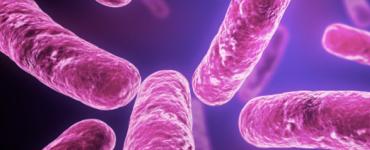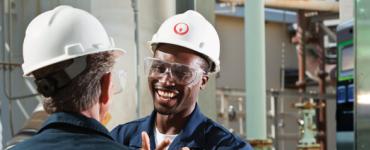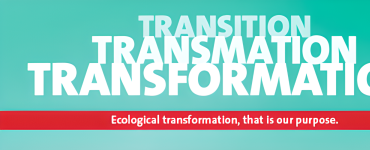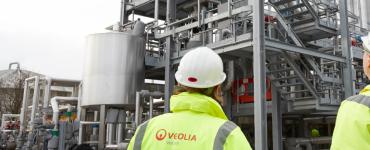- Home
- Latest News
- GMP as a driver for cosmetic water systems - Part 3
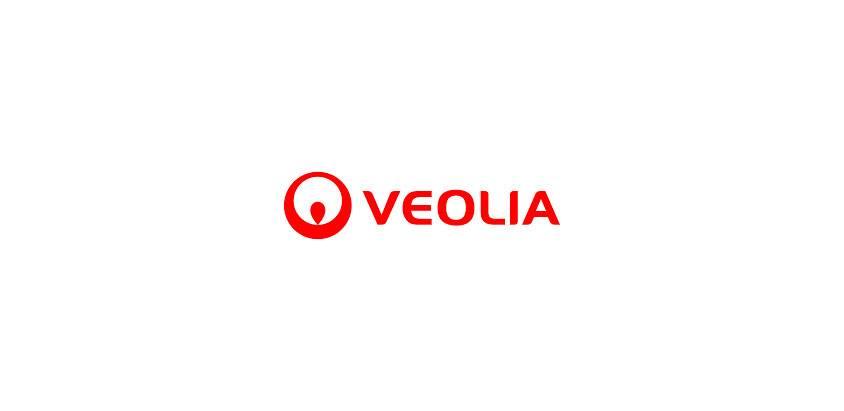
GMP as a driver for cosmetic water systems - Part 3
Routine sanitisation
Sanitisation is essential for the control of microbial quality. Regular sanitisation is an integral part of GMP protocols, and validation requirements mean that most modern pharmaceutical water systems have automatic sanitisation sequences with monitoring and recording for validation.
Chemical sanitisation requires the introduction of potentially hazardous chemicals like; sodium hypochlorite, ozone, hydrogen peroxide or peracetic acid into the system. These chemicals attack ion exchange resins and membranes so chemical sanitisation can only be applied regularly to distribution systems.
Once introduced, it is necessary to ensure that the sanitising solution reaches all the points of use on the system and remains in contact for a pre-determined time. This normally involves opening points of use, to displace water with sanitising solution; otherwise transport is reliant on diffusion, which is generally slow. After the sanitising contact period, the solution has to be completely flushed from the system to prevent chemical contamination.
Detection of any of these oxidising biocides is relatively simple using a redox potential meter. The problem is that redox potential meters are relatively expensive and only measure the sample that is presented to them - usually a single point sample. Automatically detecting the presence of oxidising biocides at each point of use is both complex and expensive. The monitoring process must be continued through flushing to ensure that none of the chemical solution remains.
Hot water sanitisation, on the other hand, uses no chemicals. Heat is transferred by the bulk movement of hot water but also by convection in the bulk liquid and conduction along the pipework. This means that the downstream side of closed valves will usually reach sanitisation temperature without the valves having to be opened.
Heat sanitisable membranes are now widely available for reverse osmosis, CDI and ultrafiltration, and this means that the treatment plant and storage and distribution system can be sanitised together. Temperature is easily monitored by reliable, non-intrusive surface temperature sensors mounted on the outside of the pipework, and these are cheap enough to install in numbers sufficient to check that all the important points on the system have reached sanitisation temperature.
Heating is indirect via heat exchangers, so there is no danger of contaminating the purified water meaning heat sanitisation is safe enough to take place automatically, and largely unsupervised, overnight or at weekends. This minimises downtime and disruption to production and a full validation document showing temperatures achieved and sanitisation time can be printed out for GAMP compliance. The Orion incorporates a heater to allow automatic hot water sanitisation of the plant and distribution pipework.
Get a health check
So get a health-check! A reputable water treatment supplier will provide a free system survey and identify existing and potential problems with your water treatment plant and show you opportunities where refurbishment could improve performance and save you money. A number of engineers are concerned that undertaking a plant refurbishment will result in downtime and lost production, but your water treatment system can probably be refurbished out of hours. If this is not possible there's still no need to worry because there's temporary water treatment services can provide a continuous supply of USP compliant purified water whilst your water treatment system is off-line.
Veolia provide a wide range of water solutions to keep your business running efficiently. Please get in touch with us by using Contact Us

